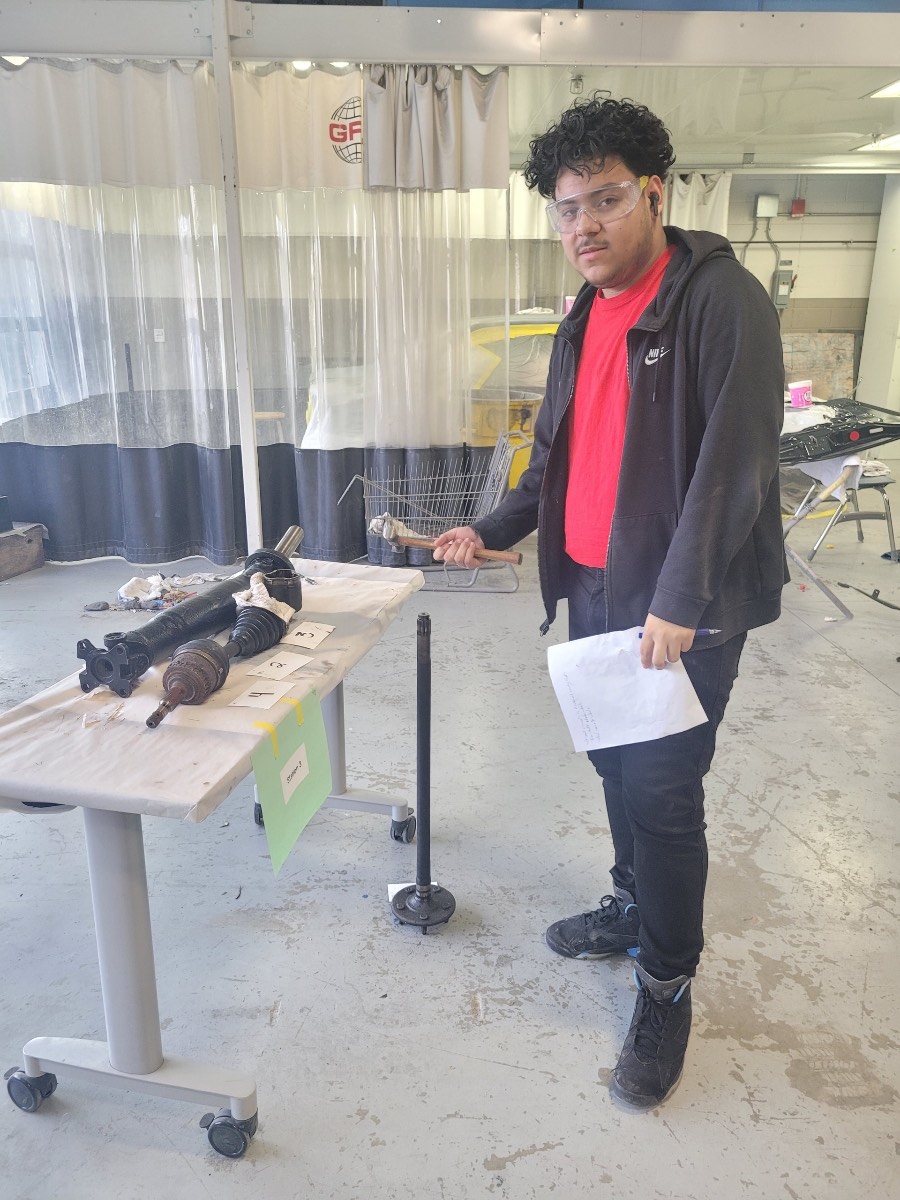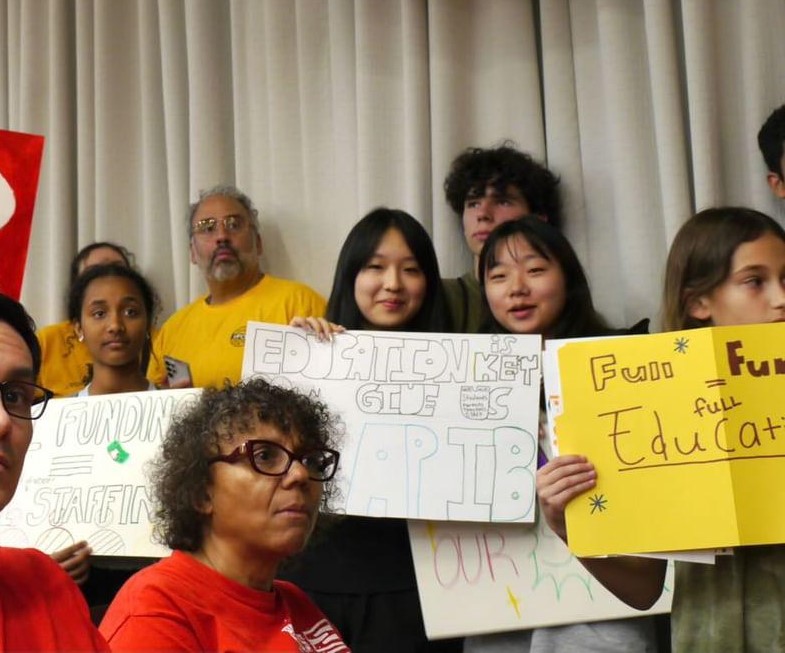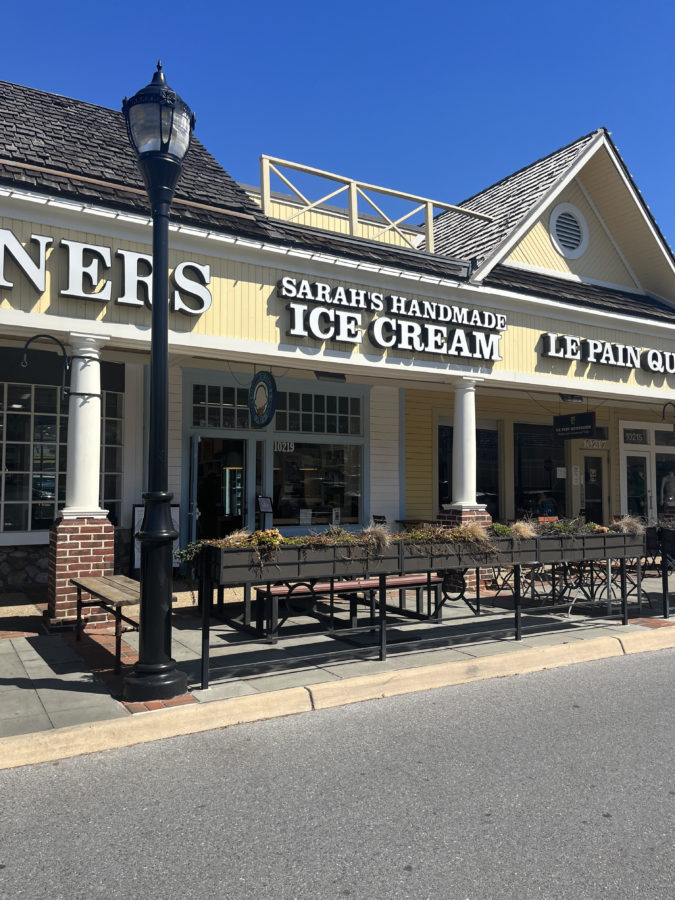Almost 200 years after the famous Charles Darwin explored, investigated and made unprecedented discoveries in the Galapagos Islands, 10 APEX students from WJ embarked on their own journey to the Galapagos with high hopes to discover and learn just like fellow biology enthusiast Darwin. Whether it was catologuing plants on a farm, snorkeling off the coast of Santa Cruz or exploring remote islands via cruise boat, the students who went on the trip were able to take their interest in biology to a whole new level.
From June 17 to June 28, the students visited the Galapagos, a collection of various small islands situated about 600 miles west of Ecuador. This trip was not sponsored by WJ, but rather was organized by science teachers and husband-and-wife pair Michael and Patricia Richards. The Richards put in the work related to this trip to promote the beneficial experience of hands-on science.
“The great thing was we all had Mrs. Richards [as a teacher], so we got to focus and experience the things we had previously learned in her class,” said junior Emily Fallick.
Over the course of the trip, the students applied knowledge that they had previously learned in the classroom with Richards, with an emphasis on biology. During the first leg of the expedition, the students resided on a farm of the Foundation for Responsible Alternative Development of Galapagos, which is located in Santa Cruz, Ecuador. There, the students participated in many team-building exercises.
“I became good friends with new faces and better friends with old ones,” said junior Rachel Simon.
On the farm, the students learned about various plants in the Galapagos and worked in an effort to improve their ecosystems. They achieved this by identifying the different species of plants that were present on the farmland.
“We specified if the plant was native, endemic, invasive or introduced,” said Simon. “This test was conducted to help farmers choose the best crop that would allow endemic and native species of plants to thrive.”
The Galapagos Islands are often threatened by invasive species. While the students were there, they assisted in efforts in removing blackberry plants, called “mora” in Spanish, that were threatening the well-being of the ecosystem.
“I learned a lot about the Galapagos’ fragile environment,” said Fallick. “It showed me that blackberries, which have never been a problem here, have the potential to destroy and cause devastation among the wildlife in the Galapagos.”
According to Fallick, the second week of the trip was superior to the first. During the next leg of the trip, the students travelled to Tortuga Bay, located in Santa Cruz.
There, the students enjoyed the beauty of the coast, where they saw thousands of sea iguanas littering the shore.
“It was all phenomenal, just beautiful,” said Patricia Richards.
The students visited a high school and interacted with Ecuadorian kids their age. They also visited the Darwin Research Foundation, where they learned about many of the animals of the Galapagos, including the 14 different species of tortoises. At the Darwin Research Foundation, the students measured baby tortoises.
“They were so cute and small, they could fit on the palm of your hand,” said Fallick.
Over the last couple of days of the trip, the students lived on the Aida Maria, a cruise boat, sailing to many other islands, including Daphne Major.
“The whole time our guide had us hiking and snorkeling with the most amazing fish, sea lions, sea turtles, iguanas and birds of all kinds,” said Simon. “None of the animals were shy of humans and at some points it was hard to not step on an animal because there were just so many.”
The students explored their passion in biology and learned things that they could not have learned inside a classroom.
“We actually got to experience what things are like,” said Fallick. “Reading from a textbook is theoretical learning. You have to imagine what the author is talking about and take their word that what they are saying is real. Going to the Galapagos, I can [see] what things are actually like.”



![Senior Tiffany Gibson has dinner with her parents and her nine year old sister. Gibsons family has been her largest source of support throughout her treatment process.
[My dad] helped me through it. He was the one who’d take me to my doctor’s visits, he was trying to make me try to take my medication on time, even though he’d get angry when I didn’t take it. I had to do blood work, so he would always find out. He would always try to get me to take it and remind me, Gibson said.](https://www.wjpitch.com/wp-content/uploads/2023/03/92iA4Tg7fGWMhmk9DKWf7Q6UQQ4p0LYeBobwwvV7-900x672.jpg)


![“[It was] kind of [beneficial], I dont think a lot of students are really comfortable with talking to adults most of the time.” Clifford Hubbard, 9.](https://www.wjpitch.com/wp-content/uploads/2023/03/iQXjwa3JmL5CPVioYA7jn8DAPLzBoB5nJ1aIweYa-675x900.jpg)